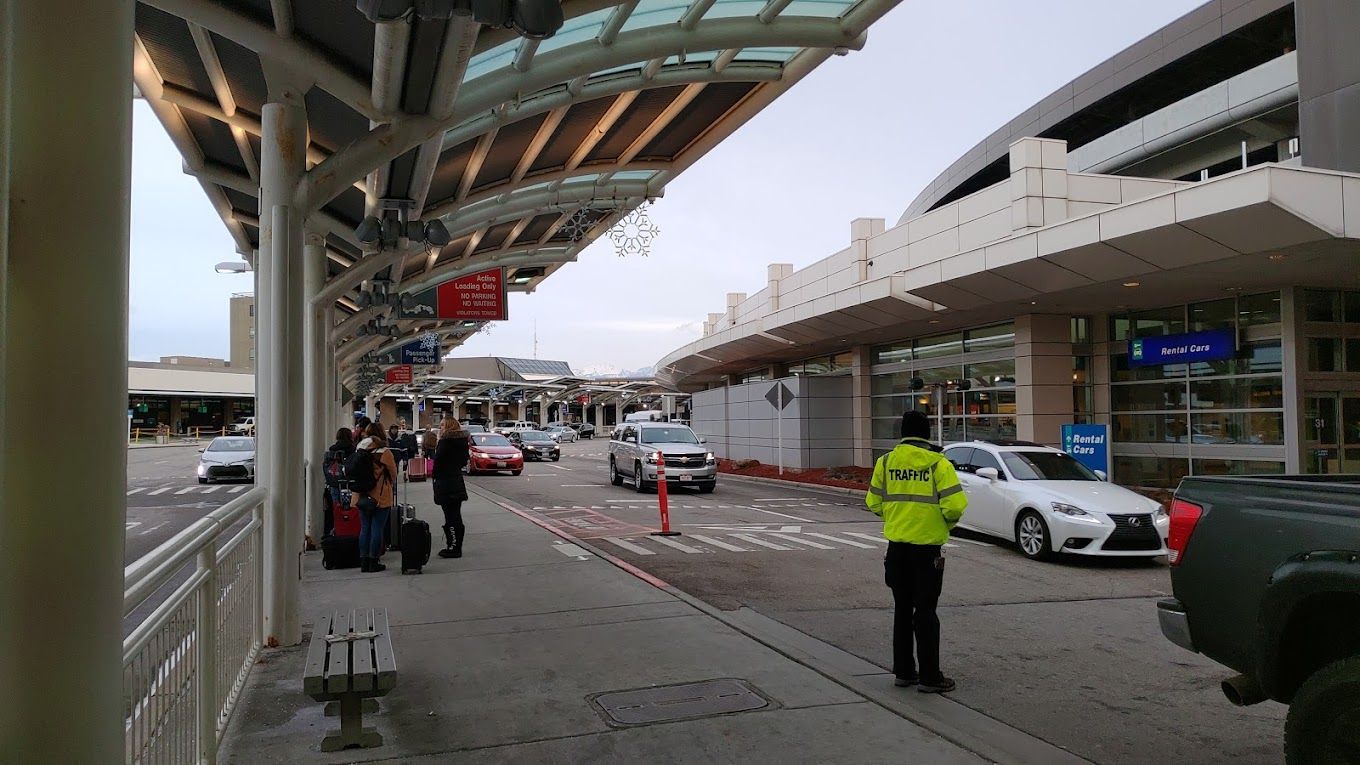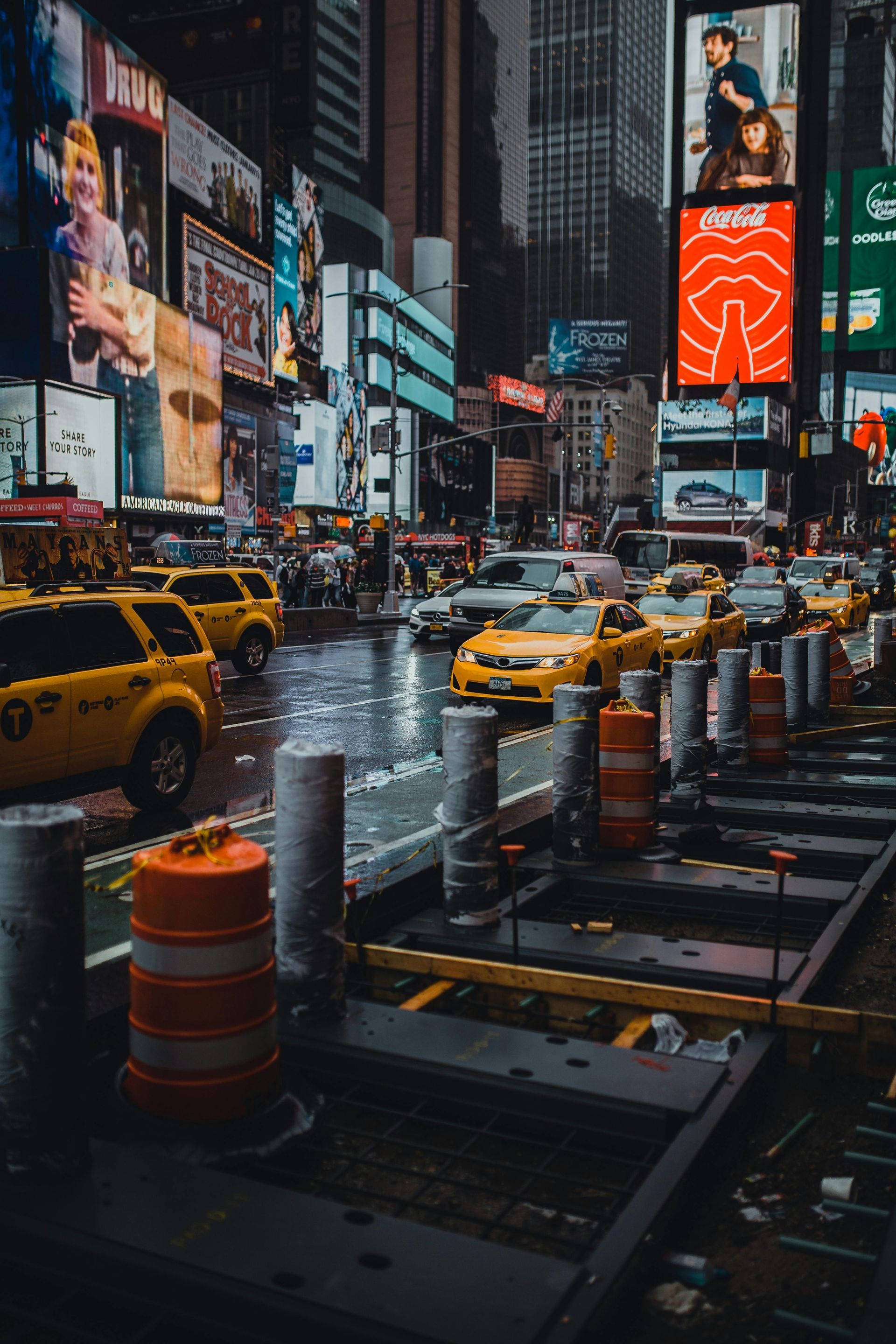Navigating Salt Lake City:
Essential Tips for Booking Reliable Ground Transportation

Salt Lake City has become a magnet for travelers from around the world—business professionals heading to important meetings, event planners coordinating large gatherings, and tourists seeking unmatched natural beauty and urban charm. From hosting major conferences to offering easy access to world-class ski resorts, the city is teeming with opportunities. But whether you're networking, planning a spectacular event, or sightseeing, one thing is key: reliable ground transportation.
Efficient transportation can make all the difference, saving time, reducing stress, and ensuring that your experience in Salt Lake City goes smoothly. If you’re planning a trip, conference, or getaway, this guide will help you master the city’s transportation landscape.
Understanding Salt Lake City’s Transportation Landscape
Salt Lake City offers diverse transportation options that cater to varying needs, but not every solution is right for every traveler. Here's a quick guide to what the city offers:
Public Transportation
Salt Lake City’s public transportation system is robust and budget-friendly. Managed by the Utah Transit Authority (UTA), options include:
- TRAX Light Rail: Covering the airport, downtown, and suburban areas, TRAX is great for short-distance trips.
- Buses: Regularly scheduled buses connect many neighborhoods and surrounding cities.
- FrontRunner Commuter Rail: Ideal for those traveling to or from the Salt Lake Valley area.
While public transit is affordable, it may not offer the convenience or flexibility required for tight schedules or larger groups.
Taxi and Rideshare Services
The city is well-covered by traditional taxi services as well as popular rideshare platforms like Uber and Lyft. While convenient, it’s worth noting that demand often spikes during peak business hours, large events, or bad weather, which can lead to delays.
Bike Sharing & Walkability
For eco-conscious visitors or those keeping it local, the city’s Greenbike program makes it easy to rent bicycles for short trips. Downtown Salt Lake City is also quite walkable, with well-maintained streets leading to numerous attractions and amenities.
The Role of Reliable Ground Transportation for Business Travelers
For business travelers, time and professionalism are paramount. Reliable ground transportation ensures punctuality and helps you focus on making a solid impression. Here’s what to consider:
Corporate Shuttle Services
Airport to hotel. Hotel to meeting. Meeting to dinner. A shuttle service designed for business travelers ensures that you stick to your packed schedule.
Executive Car Services
For a touch of elegance and efficiency, hire a private chauffeur service that offers not only a timely commute but also a comfortable, polished experience. Regular client, K. Patel, recommends executive car services, sharing, "It’s peace of mind on wheels—efficient, safe, and luxurious."
Group Transportation
When attending conferences, coordinating transportation for larger groups maximizes efficiency. Options like charter buses and corporate shuttles can accommodate teams traveling together.
Planning Transportation for Events
As an event planner, transportation logistics can often feel like a puzzle. But with the right approach, you can create an experience your attendees will love.
Event-Specific Transportation Options
For conferences, significant events, or weddings, consider shuttle buses or luxury coaches. These provide seamless transport for guests between venues.
Tips for Coordination
- Pre-schedule services to ensure availability.
- Consider accessibility for attendees with special needs.
- Use mobile tracking apps to provide real-time updates to attendees.
Case Study: Event planner A. Johnson shared, “Coordinating shuttle buses for a large conference made a huge difference. Attendees frequently praised how smooth and on-time everything was.”
Navigating Salt Lake City as a Tourist
Exploring Salt Lake City as a tourist comes with its own transportation needs. Whether venturing downtown or heading up the mountains, the proper travel method can significantly enhance your trip.
Tourist-Friendly Transportation Solutions
- Sightseeing Tours: Many transportation services offer guided tours that showcase the city’s top attractions, from Temple Square to the Utah Olympic Park.
- Airport Transfers: Start your holiday stress-free with private or shared airport transfers that deliver you directly to your accommodation.
- Day Trips: Book services that cater to ski transfers or national park tours.
Case Study: Tourist M. Garcia describes their experience booking a private car service for sightseeing. “Our driver knew all the insider spots and kept us on schedule. We saved so much time compared to public transit.”
Booking and Cost Considerations
To secure reliable transportation while staying on budget, keep these tips in mind:
Book in Advance
Popular services fill up quickly, especially during peak seasons like winter ski trips or conference-heavy months. Secure your booking early to avoid last-minute hassles.
Evaluate Cost Factors
- Group Size: Larger vehicles can save money by accommodating more people.
- Distance: Longer trips typically cost more. Fixed-rate services are a safe bet for budget planning.
- Add-Ons: Some services, such as car seats for families or refreshments in luxury vehicles, may come at an extra cost.
- Pro Tip: Compare pricing from multiple providers but prioritize reputation and service quality over the lowest rate.
Safety and Service Quality
If your choice of ground transportation lacks reliability, it can throw off your entire Salt Lake City experience. Prioritize safety and quality to make sure every ride checks these boxes:
Safety Standards
Inquire about safety protocols like driver screening, vehicle inspections, and cleaning policies.
Service Reputation
Reading reviews can reveal much about a transportation company’s punctuality, professionalism, and overall customer satisfaction.
Expert Insight: Maria Gomez, a local car service manager, recommends checking reviews early. “Every 5-star review tells a story of trust. That’s what transportation should earn from every client.”
Your Next (and First) Stop in Salt Lake City Transportation
Reliable ground transportation is the key to unlocking Salt Lake City’s full potential—whether you’re here for business, planning an event, or enjoying a well-earned break. Understanding your options and booking services that align with your needs will save time and reduce stress, leaving you free to make the most of the city.
Do you have a reliable ground transportation service lined up for your next trip to Salt Lake City? Book your ride today to experience seamless and stress-free travel. And if you’ve used an excellent service before, share your story in the comments—we’d love to hear about your experience!













